Facelifting, also known as face sculpting, is the reshaping of facial contours that can be done under local or general anesthesia. It involves an incision or a short scar (very small scar that is rarely visible) at the junction of the facial skin and the skin of the ear. After the incision, the skin and the underlying SMAS (Superficial muscular aponeurotic system) is tightened and pulled in an antigravity fashion against gravity in order to counterbalance the drooping effects. Incisions are closed without disturbing the hairline or appearance of the ear after achieving the symmetry on both sides.
The face is the most exposed part and the reflection of one's physical persona. Following a facelift, one can expect a rollback of years ago in facial appearance. A good facelift is symmetric, following minimal scarring, maintains the hairline, both in the temple region and in the back of the head, as well as maintaining the symmetry of the ear A prior poor facelift is also possible to correct. The effects of a surgical facelift last for over a decade to almost 15 years if the procedure was followed correctly and tackled both the skin and the underlying SMAS. A poor facelift can be tackled with hair transplant in the area of disturbed hairline in the region of the temple.
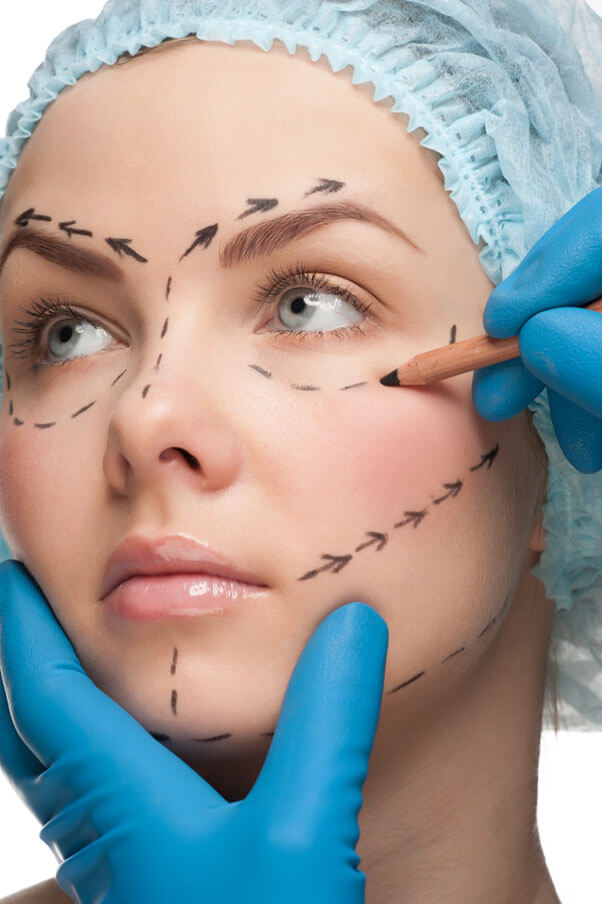
Nose Surgery / Rhinoplasty
A good nose enhances the features of a face and even a slight flaw can take attention away from a pretty face. Rhinoplasty or nose job is the reconstruction or reshaping of nose performed either via a small external incision or by a scarless technique, which involves internal incisions that reshapes and re-contours the nose creating a symmetry among facial features. It may be done to repair deformations from an injury, correct a birth defect or recover some breathing difficulties.
It can also be performed as reconstructive nasal surgery, which means correcting birth defects and disfigurements that are the result of an injury. Rhinoplasty can also relieve breathing difficulties or nasal obstruction. Special care is taken to involve the patient at all stages of planning to achieve adequate results.This procedure is generally performed as a one-day procedure under general anesthesia & results appears within 6-8 days to weeks with continued refinement till 6-12 months.
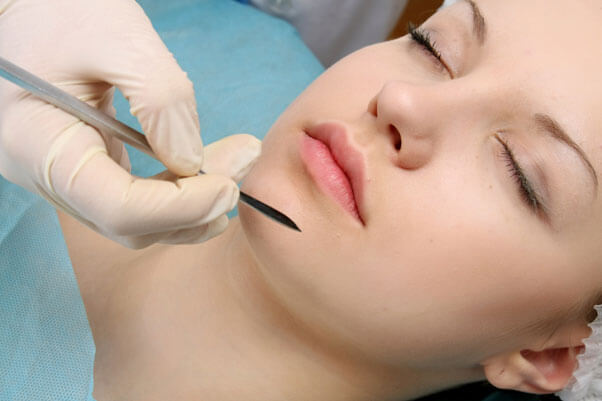
Ear Surgery – Otoplasty
Ear surgery also known as otoplasty is performed to improve the position, shape and symmetry of the ear structure that is present from the birth or defects or injuries that occur caused by accident. It helps in bringing the symmetry, proportion, and balance to the ears and face and helps to creates a uniform & natural shape. Disfigured and protruding ears can be tre, ated after consulting a plastic surgeon. .
After giving general anesthesia, incisions will be made on the back of the ear (Sometimes, in the front of the ear). The surgeon will correct the protruding or misshaped cartilages. The incisions will be closed with external stitches after the end of the procedure.
Immediate results are seen after most of the surgeries excluding some complicated surgeries. Do’s, dont’s and the risks after surgery will be instructed by the surgeon before performing the surgery. Neonates, Children aged below 5 years and old aged people only can go for ear surgery on one condition that, they should be healthy otherwise.
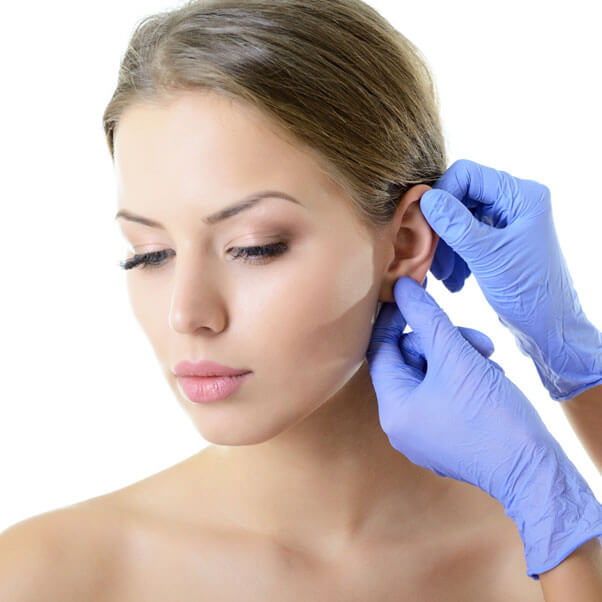
Lip Surgery
Some persons desire smaller lips, on the other hand, some are desirous of having lips that are full. The need for this surgery is increasing day by day as peoples are more aware of their looks than earlier. Proper use of fat, proper highlighting the margins of the lips is necessary for a successful lip augmentation. fillers can be effectively used to highlight the lip margins. Fat cells are not recommended to use because of their clumpy appearance.
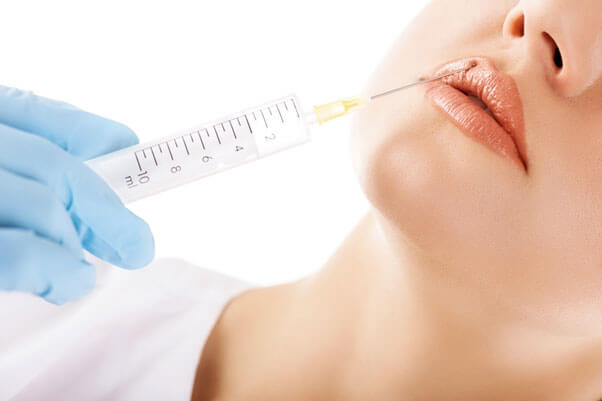
Fat liposuction is the method by which fat of abdominal region and thighs is removed and inject that fat in other areas like lips. Though the patient is under the effect of local anesthesia, it is necessary to inform the patient about liposuction. Fat, taken from the areas is processed and filled into the syringes. After that fat is transferred with the help of syringes into the desired areas in the appropriate amounts. Swelling may be experienced in this region which last for almost 3 to 6 weeks after the lip procedure. Therefore, the social appearance will have to be restricted during this time. It is necessary to inject 30% fat more than required, because there may be chances of resorption of almost 30% to 50% of the fat injected. A deformity in appearance may be caused initially, but it fades away after a period of 6 weeks.
Correction of Bat ear/ prominent ear correction Bat ear or prominent ear is a most common congenital defect that occurs at childbirth. Irregularities in the soft tissues folding during ear formation are the most common causative factor of this problem.
The surgery begins by making an incision in the back of the ear. Surgical procedures are performed under local anesthesia to fold back the soft tissues to get the required shape. Only minimum invasion is required and scars fade away in a very short period of time.
Facial implants can be the best option for the individuals who would like to add contour and more definition to the face. Facial implants can help to enhance certain features of the face such as chin, jawline & cheeks. Facial implants are biocompatible materials that are designed to improve or redefine the facial features. Three kinds of implants which are generally included in this procedure are:
Chin implants: Chin implants are used to correct or define the shape and inappropriate appearance of the chin when the chin is not proportionate with the midface.
Cheek implants: Cheek implants can improve the appearance of the poorly defined cheeks and increase the projection of the cheekbones. Strong, silicone elastomers are used and are inserted through small incisions made in the inside of the mouth or in the lower eyelids. The procedure takes about an hour to complete.
Jaw implants: Width of Jaws can be increased with the help of jaw implants. The implant is placed inside the lower lip. Before moving on to the procedure or facial implants, it is necessary for a surgeon to examine your health conditions and give instructions which will help you in preparing for the surgery. Possible risks and complications of the surgery should also be discussed with client undergoing facial surgery. Infections, Scars, Bleeding, Risks of the anesthesia, Changes in skin sensation, Swelling and discoloration of the skin, sensitivity, Irregular skin contours, Persisting pain, Blood clots, Cardiac and pulmonary complications, and Deep vein thrombosis etc are the most possible risks of facial implants.
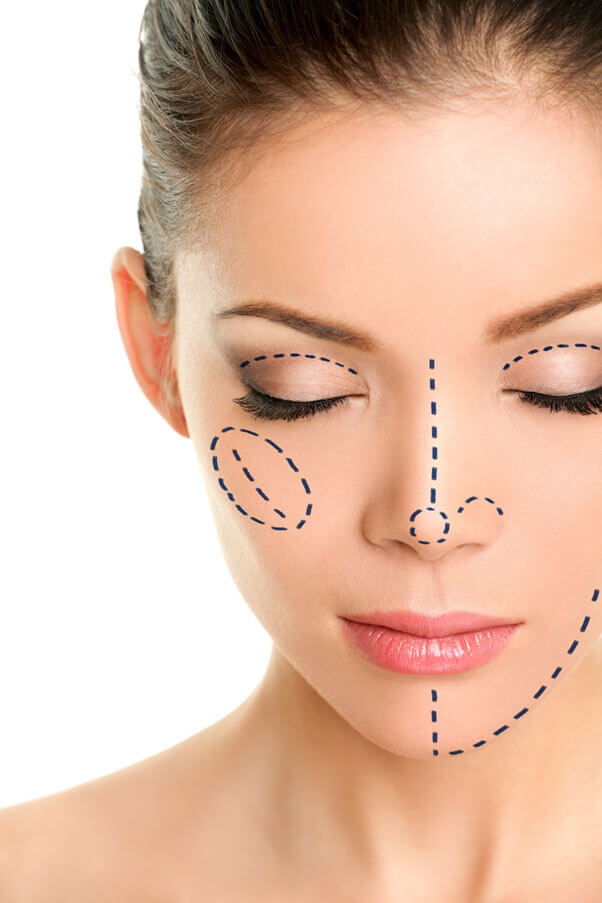
Brow Lift
TForehead lift also called Brow lift or forehead rejuvenation is the surgical procedure which is appropriate for those who are worried about the aging signs in the forehead and drooping effect of eyebrows. This surgery performs the following functions:
Creases, on the forehead or on the nose bridge which are the most common signs of aging are minimized by this procedure. Frown lines are the other common concern of the peoples which also can be corrected by this procedure.
A sagging or drooping eyelids which are also responsible for vision disturbances can also be corrected. An individual can get a more youthful appearance by raised eyebrows. This surgical procedure is found a boon for the peoples worried about their aging symptoms. Patients can get discharge within a very less time because this surgical procedure involves a minimal incision.
Eyelid Surgery – Eyes are paramount in facial beauty, and eyes speak so much about the face of a person. They give out the inner and truth of the person. Unfortunately, they are the first to show aging due to gravity and ultraviolet radiations. Upper and lower eyelids are prone to age-related changes. Hanging out fat bags, dark circles and the hollow crease present below the eyes further worsen the situation. Blepharoplasty is a surgical process by which these age-related complications of the skin are corrected to a large extent.
A small incision is done under the eyelashes under local anesthesia. The scar is easily hidden in the lines of the lids, and no evidence remains of the surgery. There is also an approach where the incision is done through the conjunctiva, known as transconjunctival blepharoplasty. After the incision excess skin over the eyelid and protruding fat bags are removed, to leave behind a younger looking eyelid.
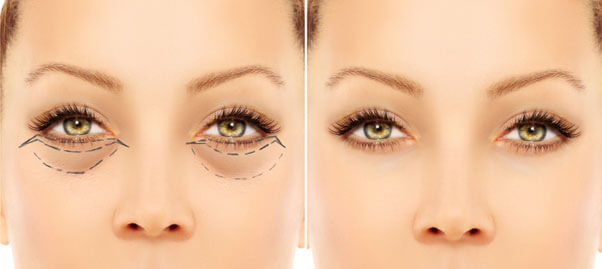
Chin Augmentation
Chin plays a major role in an individual's facial attractiveness. Dermal fillers offer a temporary method of correcting mild to moderate chin retrusion and resorption which is also nonsurgical. Thus far, discussion of this procedure has been largely limited to the plastic surgery and otolaryngology literature. Chin surgery, otherwise known as mentoplasty is the surgery for reshaping the chin. Chin surgery can be either an implant or a reduction surgery. Chin surgery is most frequent with the patient who is appearing for nose surgery in order to acquire the perfect facial proportion. Chin surgery is mainly meant to balance the proportions of facial features to better look of the individual.
An x-ray before the surgery will be suggested by doctors in order to find out which part of the chin to operate on. The surgical procedure may vary according to individuals requirement. Suppose, If you want to round out the chin using implants, the procedure will be:
In the first step general anesthesia is given to make you asleep and pain-free. In some cases, the doctor may prefer local anesthesia to numb the concerned area.
In order to place the implant (Could be a tissue or real bone, or an implant made up of any other material), a pocket will be made in front of the chin and under the muscles after making an incision inside and outside the mouth, under the chin in order to get access to the chin bone. The implant will be attached to the bone with screws or sutures after that incisions will be closed with the help of sutures. The jaw bone will be wired or moved in place after making a second cut through the jaw bone using chisel or bone saw. The incision will be closed using stitches or bandage. The surgery will have the usual possible risks of all other surgeries and it will take 1-3 hrs of time.
Doctor Ramanjeet Sir conducts himself in a very kind and straightforward manner. He allots enough time for each patient. He carefully examines the patient's condition. The best Doctor for skin and hair problems.
Rachit Yadav
I am taking lazer hair reduction from here and the results are superb. My procedures are done by sonali and she is extremely knowledgeable and sweet. Thank you.
Muskan Bhardwaj
Dr.ramanjeet sir is such a nice doctor very calm and explain the situation very well and treatment shows very quick results. 💯👍 must visit if any hair or skin problem
Harshita Yadav